ADVERTISEMENT
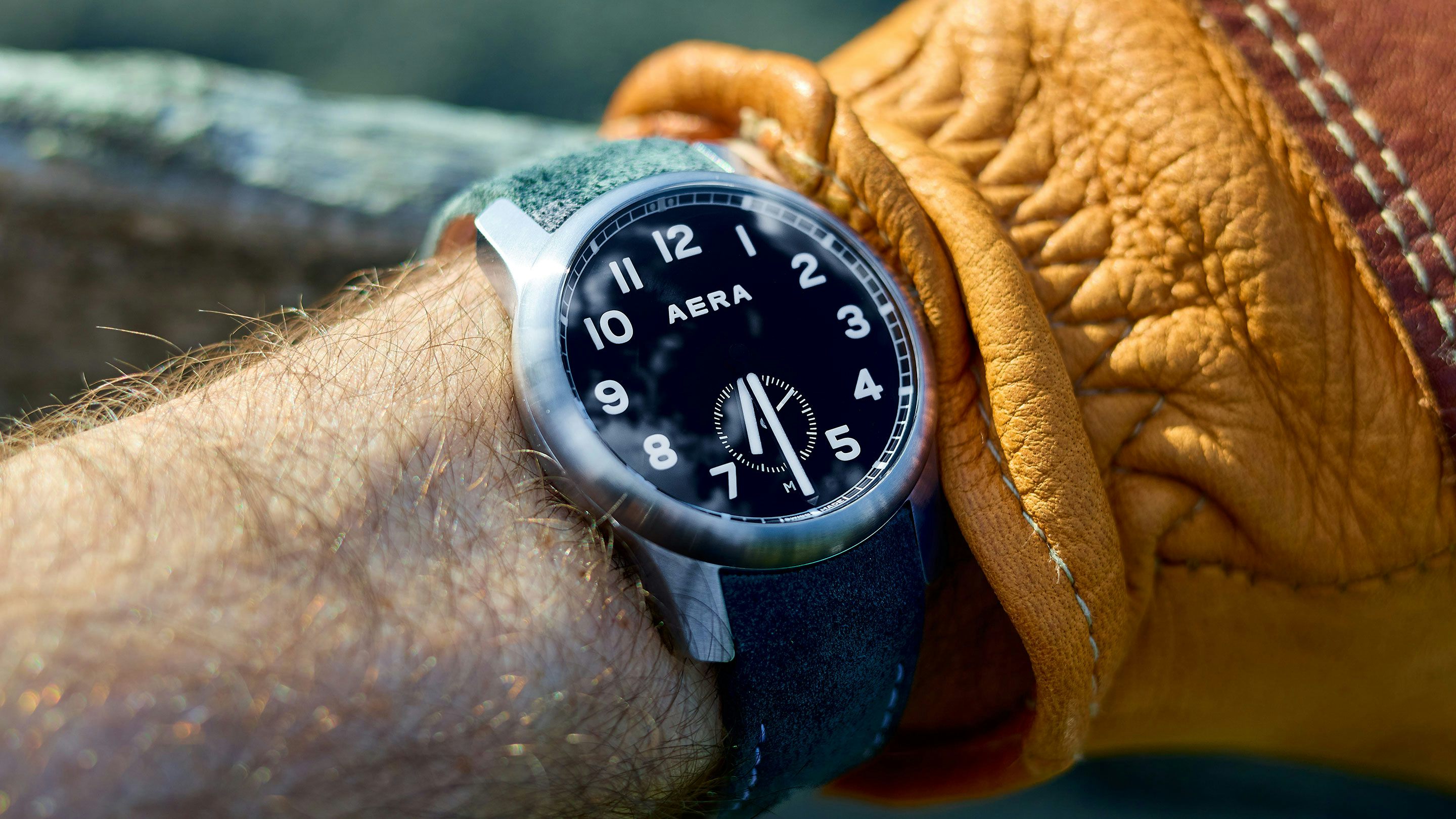
Whenever a brand releases a new field watch, two things immediately spring to mind – World War II, and the Dirty Dozen. As much as the romance of hard-used, battle-worn patina still holds appeal, there comes a point where all of the vintage retreads start to feel a bit long in the tooth. So, where to turn when looking for a straightforward, utilitarian timepiece without all of the fuss and fauxtina? Aera may have just the thing for you.
This past November, the Britain-based (and Swiss-made) watch brand Aera announced the M-1, its first field watch and, at 39mm, its smallest watch to date. Since its debut in 2017, Aera has focused on clean, uncluttered design, emphasizing legibility and function as its foundation. The M-1 follows along with the brand's modern, minimalist aesthetic. But that is not to say that the watches aren't without their own sense of style. In the same way as the great icons of midcentury watchmaking, where function dictated aesthetics rather than the other way around, the cleanliness of Aera's dials, prominent numerals and indices, and borderline austere brushed stainless steel cases set the young brand apart from its contemporaries.
Nowhere in their small yet growing collection is this more true than in the new M-1 field watch. On the surface, the M-1 is inspired by the MoD-commissioned field watches of World War II, colloquially known as the Dirty Dozen (the watches having been produced by 12 different watch manufacturers for the use of Allied troops). Key design elements included a railroad outer track, luminous Arabic numerals ranging from 1-12, with the 6 being omitted to make way for a small seconds subdial, set against a clean, black dial and punctuated by luminous minute and hour hands.
It's an unfussy, time-tested design that provides absolute legibility in determining the time. Nothing more, nothing less. Bright, luminous Globolight numerals glow a brilliant green, contrasted by the white, glowing Aera logo in the center of the dial. This subtle difference, where the applied numerals and lettering are raised against the flat black dial (as opposed to painted flat on the dial), creates a surprisingly modern look for the watch. Additionally, the subsidiary seconds dial at 6 o'clock is ever so slightly recessed, which adds a nice, subtle touch of dimension to the otherwise textured and uniform landscape.
This all sits beneath a domed sapphire crystal and is housed in a subtly rounded and inwardly tapered brushed 904L stainless steel case. The curvature and angle of the lugs make for a (mostly) natural and comfortable fit - but more on that a bit later. There is a signed, screw down caseback, and nicely proportioned crown which is accented by a dot of SuperLuminova (a fun little touch of ornamentation, but let's be honest, if you have a hard time finding the crown of the watch you're holding in the dark, you might have bigger problems). All told, it's a utilitarian timepiece that accomplishes its stated purpose of being a classically inspired but decidedly non-vintagey field watch.
The movement within the Aera M-1 is the Selitta SW216-1, a Swiss-made, manual-wind movement, itself based on the manual-wind ETA 2800 series. Now, as a chronic owner of automatic watches, I must confess that throughout my week with the watch, I found myself wondering exactly where I was in the lifespan of the 42-hour power reserve, occasionally checking my phone to confirm that the time was still, in fact, correct. This, of course, speaks more to my own habits as a watch wearer, but as there is no power reserve indicator on what is intended to be a daily driver of sorts, I thought it would be reasonable to point this out.
Aera states openly the use of this movement. It's a welcome level of transparency that has thankfully become normalized over the past few years (where previously brands would attempt to pass off third party movements as their own with their own reference designations). That transparency is taken a step further by specifying the level of Sellita movement selected, in this case 'Elabore'.
In essence, there are four tiers of Sellita movement, which differ in terms of their finishing, accuracy, and method of shock absorption. In any case, it's a step up from the base variety, which many brands utilize. The one employed here is essentially the second of four tiers, illustrating Aera's desire to make improvements wherever possible, while still maintaining an accessible price. Disclosing this grade of movement does two things – communicates that the buyer is getting a step up from the base movement frequently used throughout the watch world, and reassures us all that Aera's heart is in the right place.
As is almost always the case, regardless of price and prestige, it's not as though there is no room for improvement. The lugs may be a millimeter or two on the long side, and combined with the curvature and structure of the straps, the quick-release spring bars stick out just below the lugs. The result is abrasive contact with the wrist, particularly if you favor wearing your watch on the snug side.
If I'm being real nitpicky, I would say I wished that the (admittedly cool) domed crystal had at least backside anti-reflective coating, cutting down the aggressive glare and further capitalizing on the excellent legibility of the dial. But then I immediately remind myself of the price of the watch, and put things in perspective. Nothing is for free, and in a world where production and tooling costs can easily get out of control, seriously jeopardizing the viability of young brands, companies like Aera have to be extremely careful and put the money where it counts.
There's something distinct about Aera that I've always found appealing but have never quite been able to put my finger on. It's a brand that specializes in minimalist, utilitarian 'tool' watches (as much as I try to shy away from the term in the age of lifestyle marketing and omnipresent desk divers). Despite the minimalism, the understated design elements, and otherwise ubiquitous categories of their watches (dive watch, pilot watch, field watch, chronograph), I find that Aera is rapidly becoming one of the brands with the most instantly recognizable design languages – even if I lack the capability to fully articulate what that is. The point is, as I see more and more of their timepieces in the wild, often at watch collector gatherings and the like, I immediately recognize that I'm looking at an Aera watch even from a distance.
At $1850 USD, accompanied by two leather straps with quick-release spring bars and a nice, pebbled leather carrying pouch, there's a lot to love about the new M-1, with very little to complain about from the standpoint of price. It's a solid value for a Swiss made timepiece with excellent finish and quality control (something Aera has put a huge amount of time and effort into focusing on and improving as it has grown.) The new M-1 is a well-built, straightforward, yet surprisingly unique field watch from a brand that continues to refine its brand identity, even amidst a sea of other young, minimalist-inspired watch brands. Well done.
Find out more about Aera here.

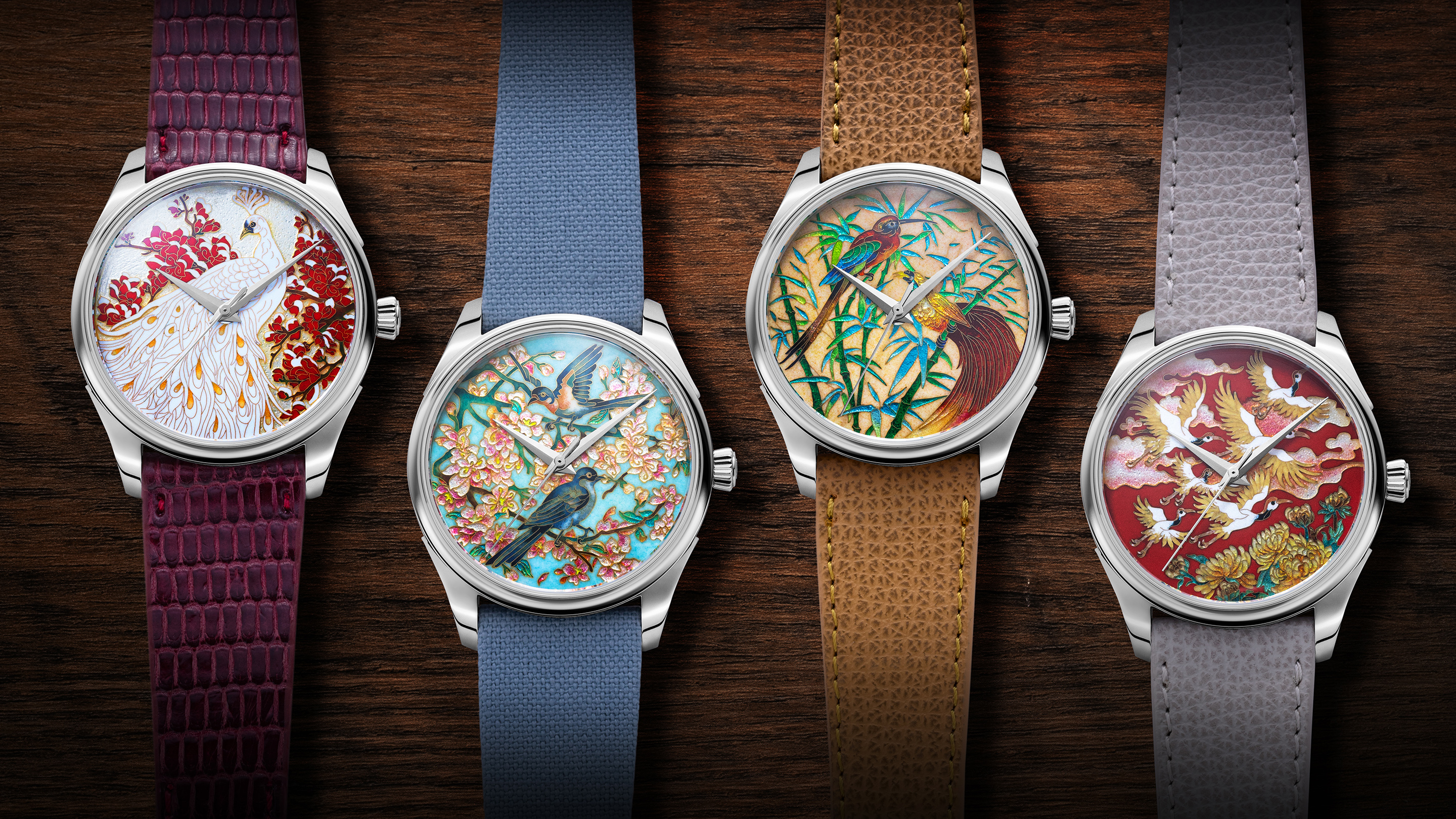

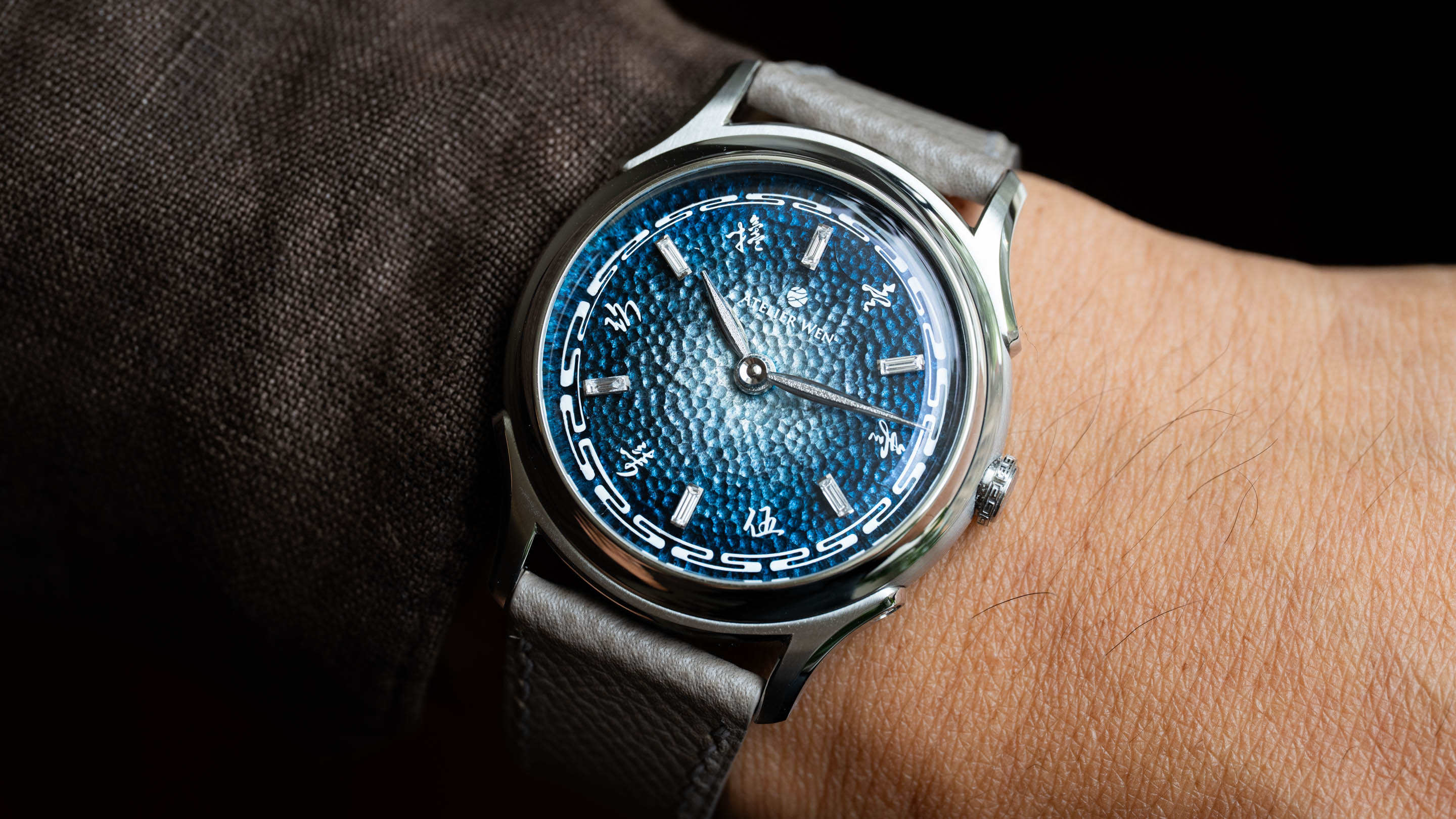


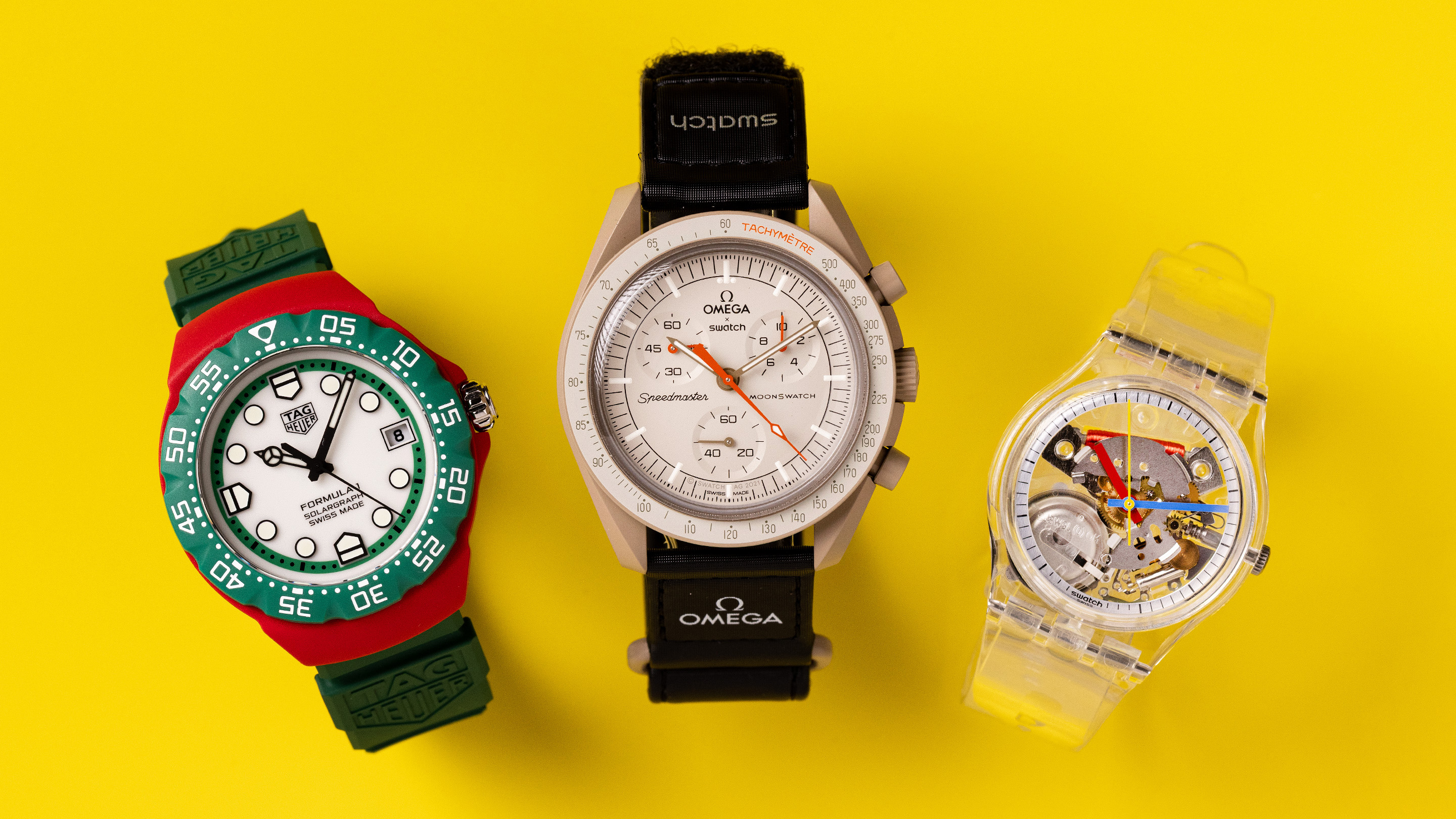















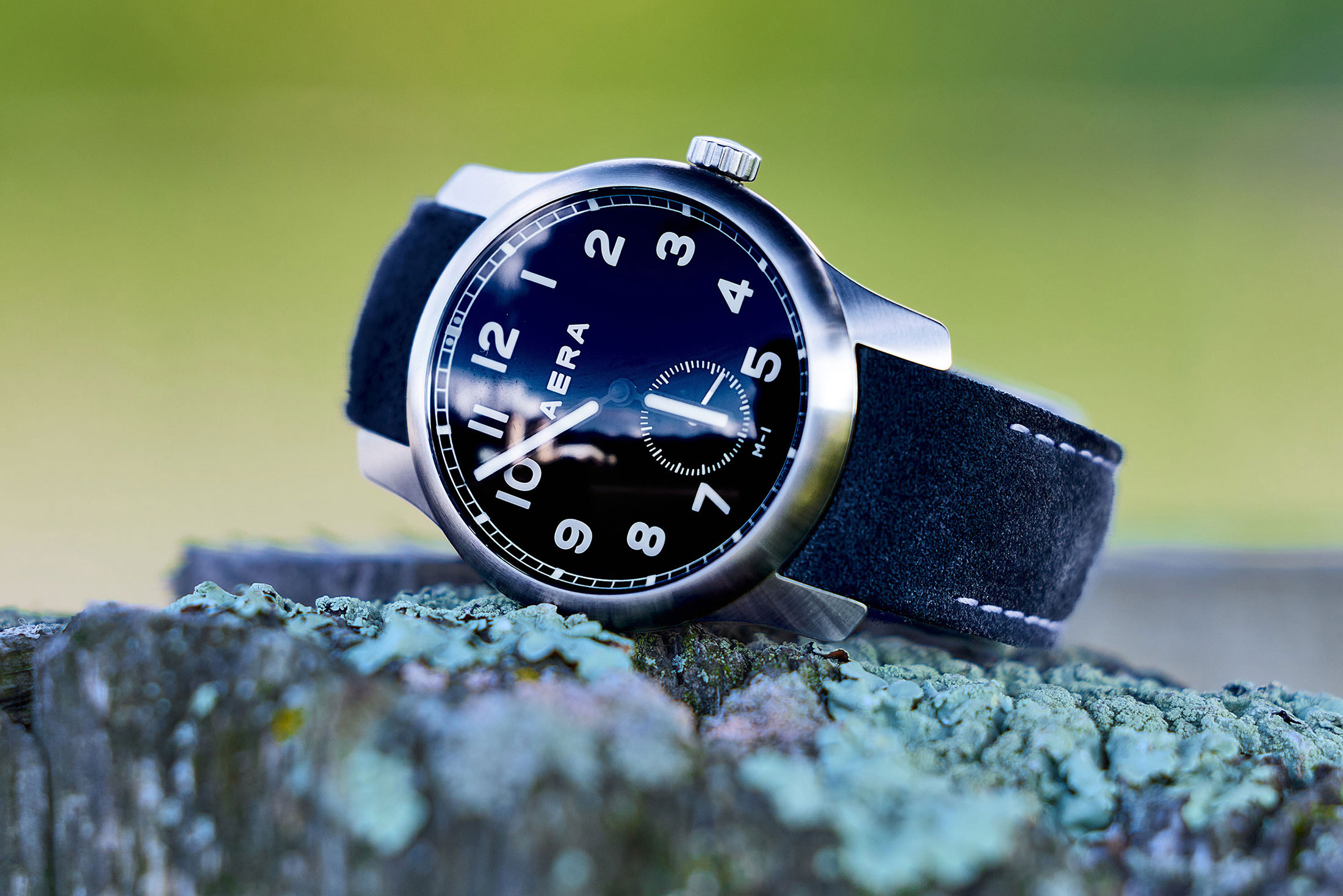



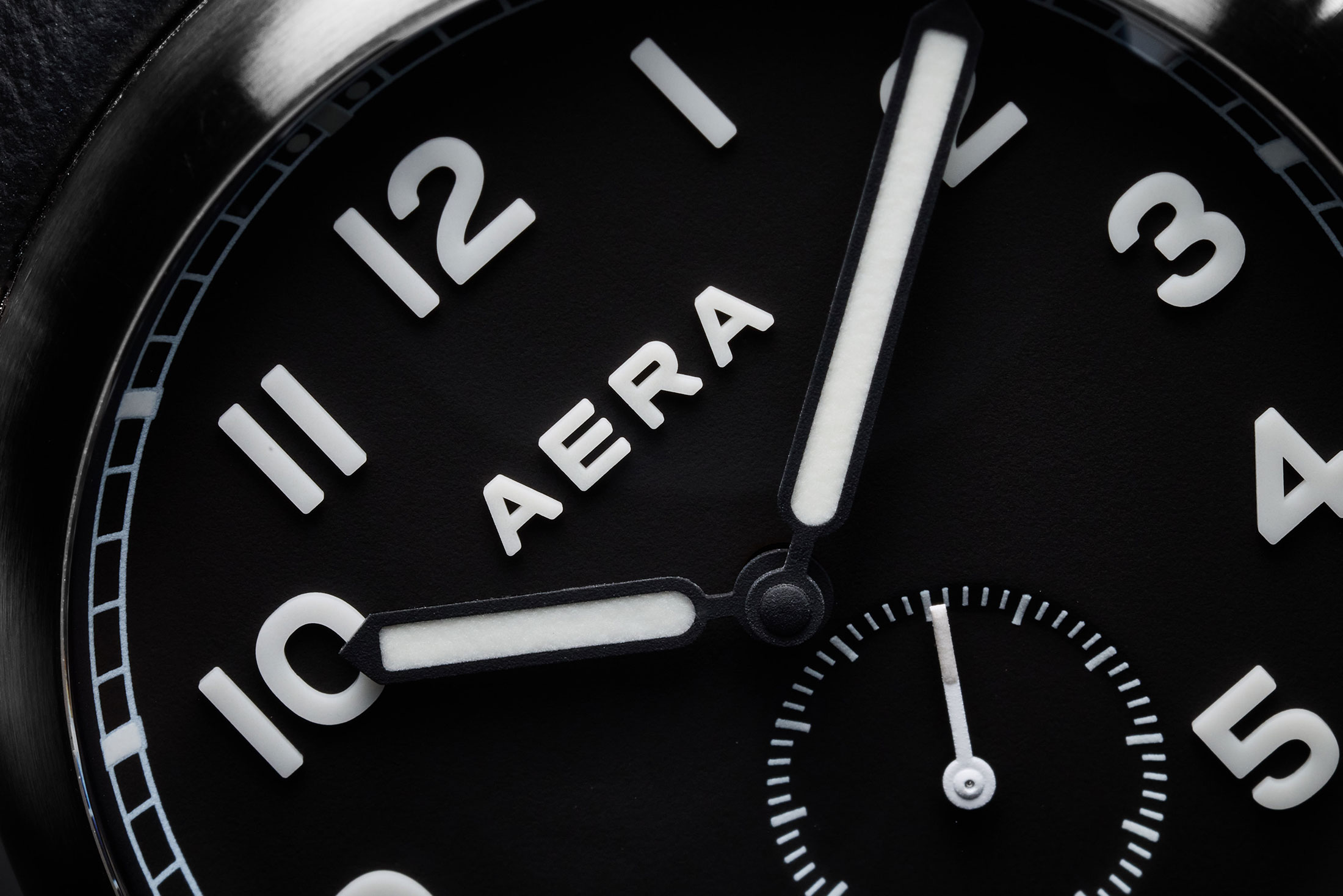
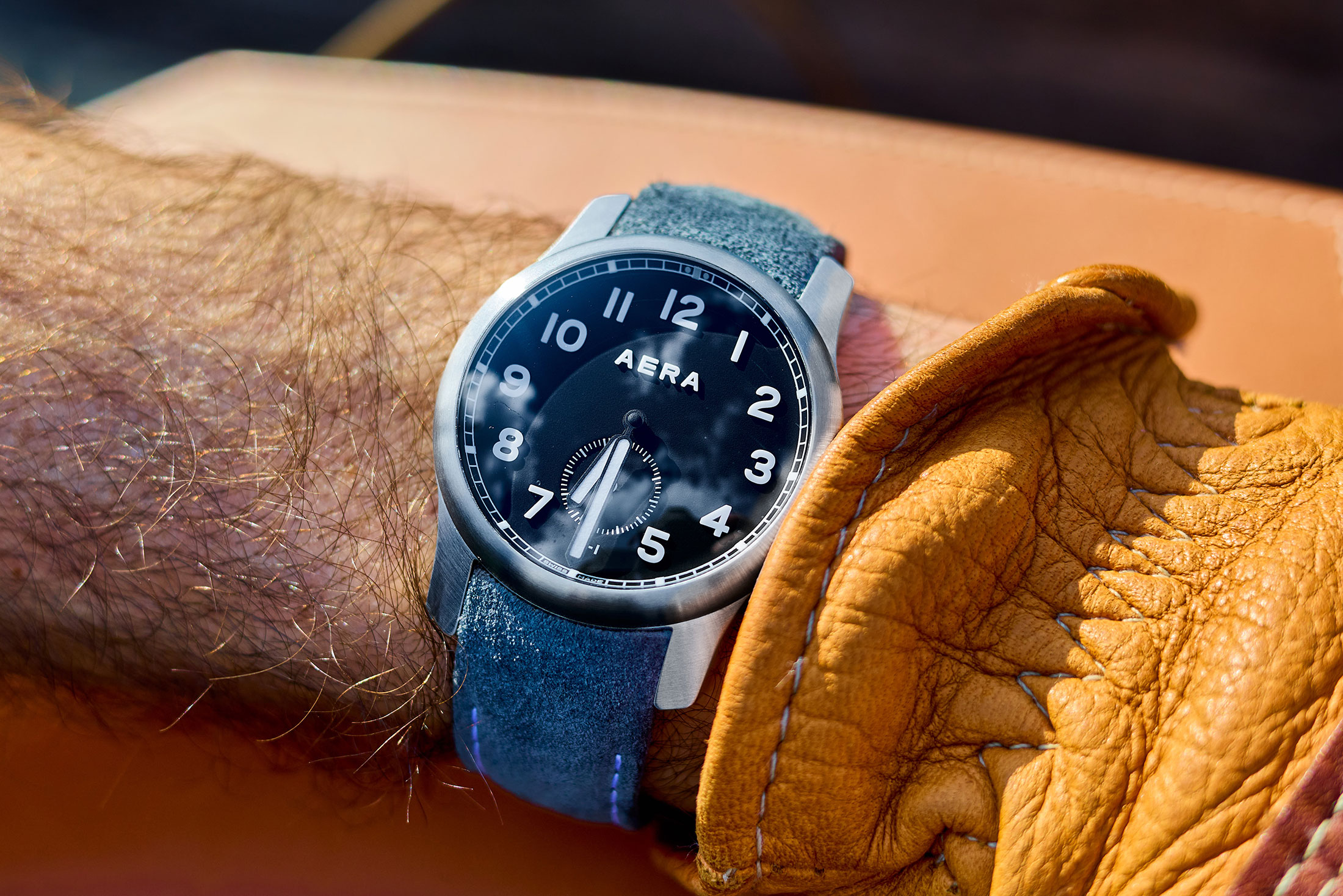
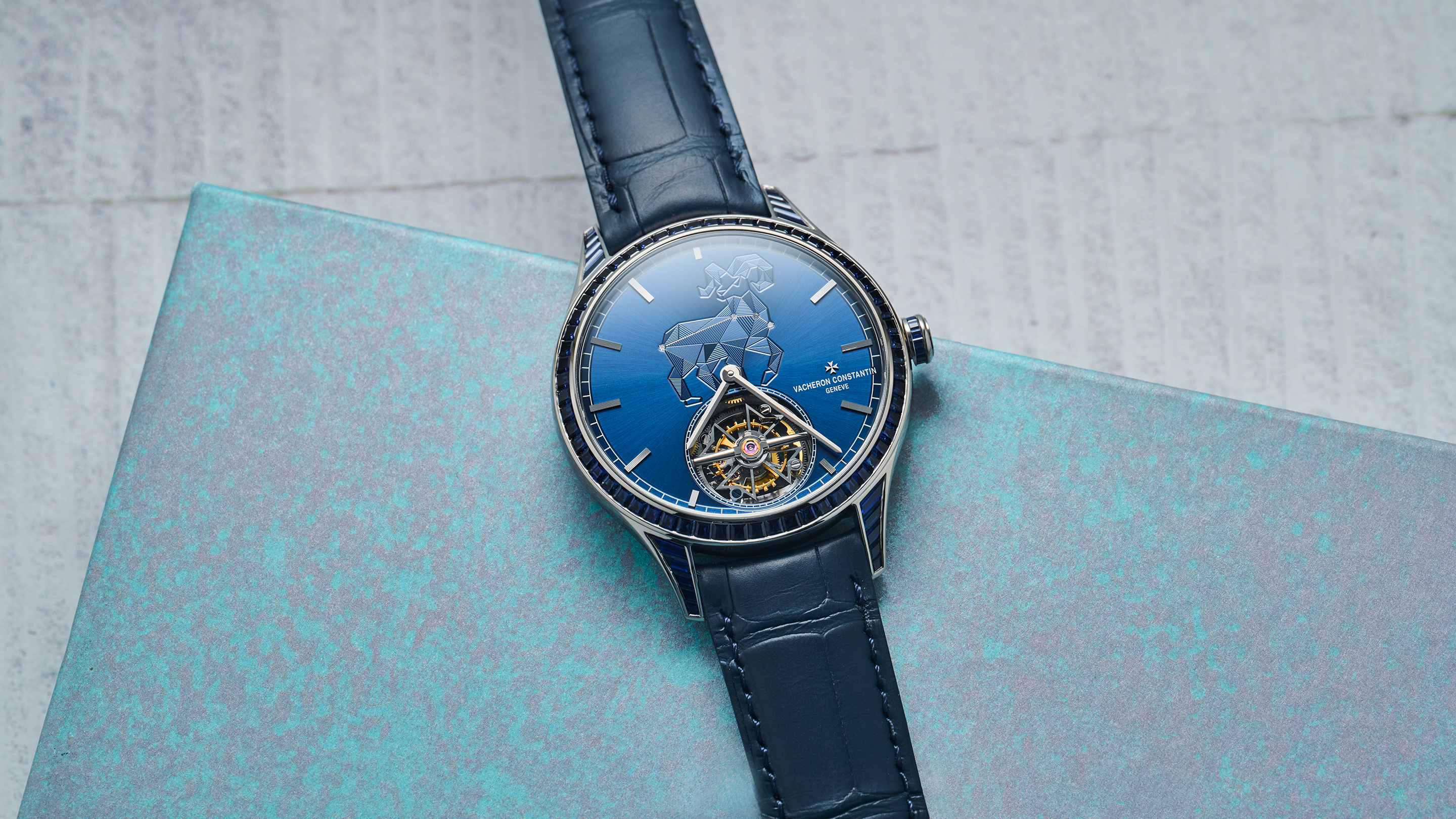


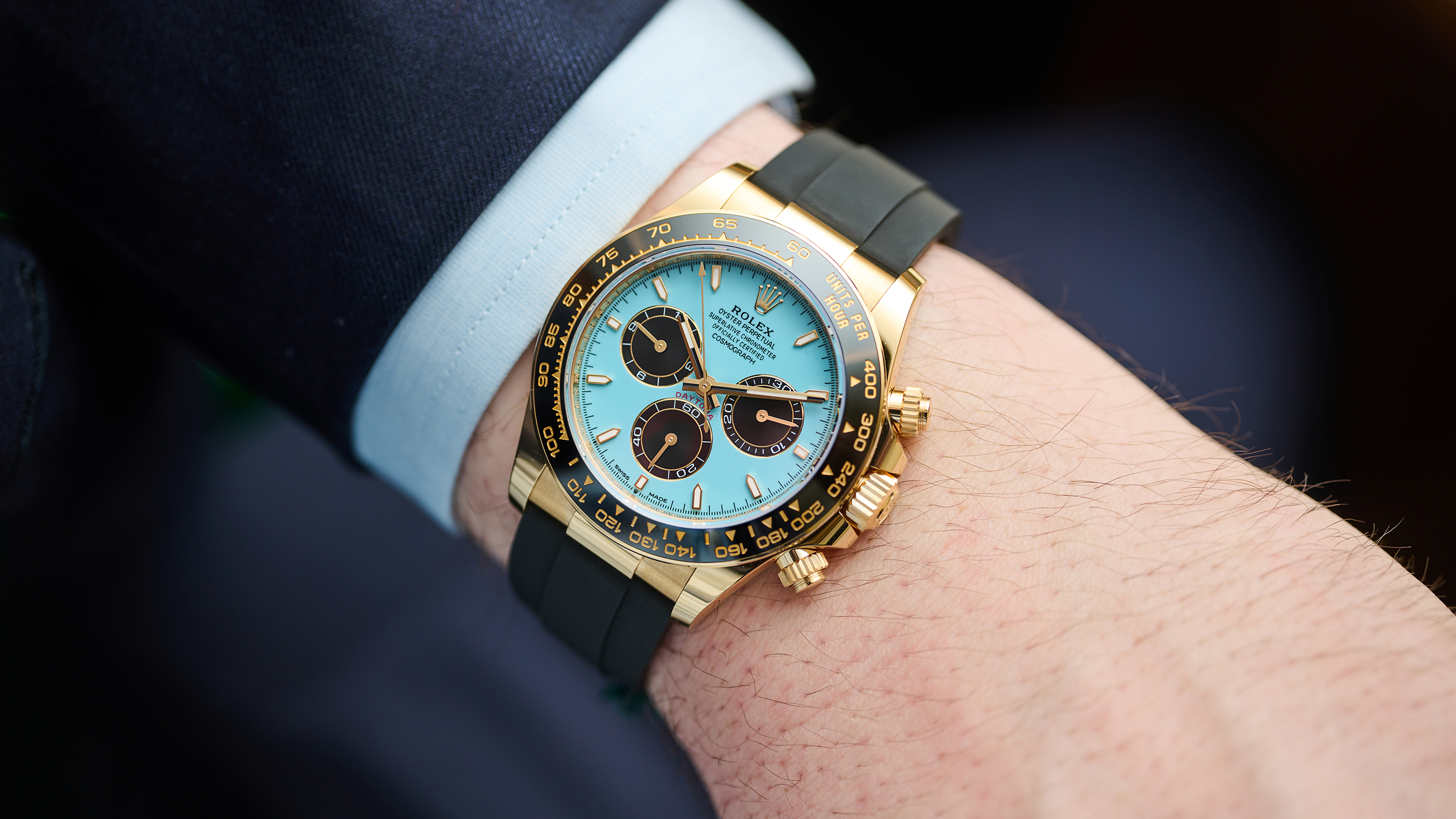
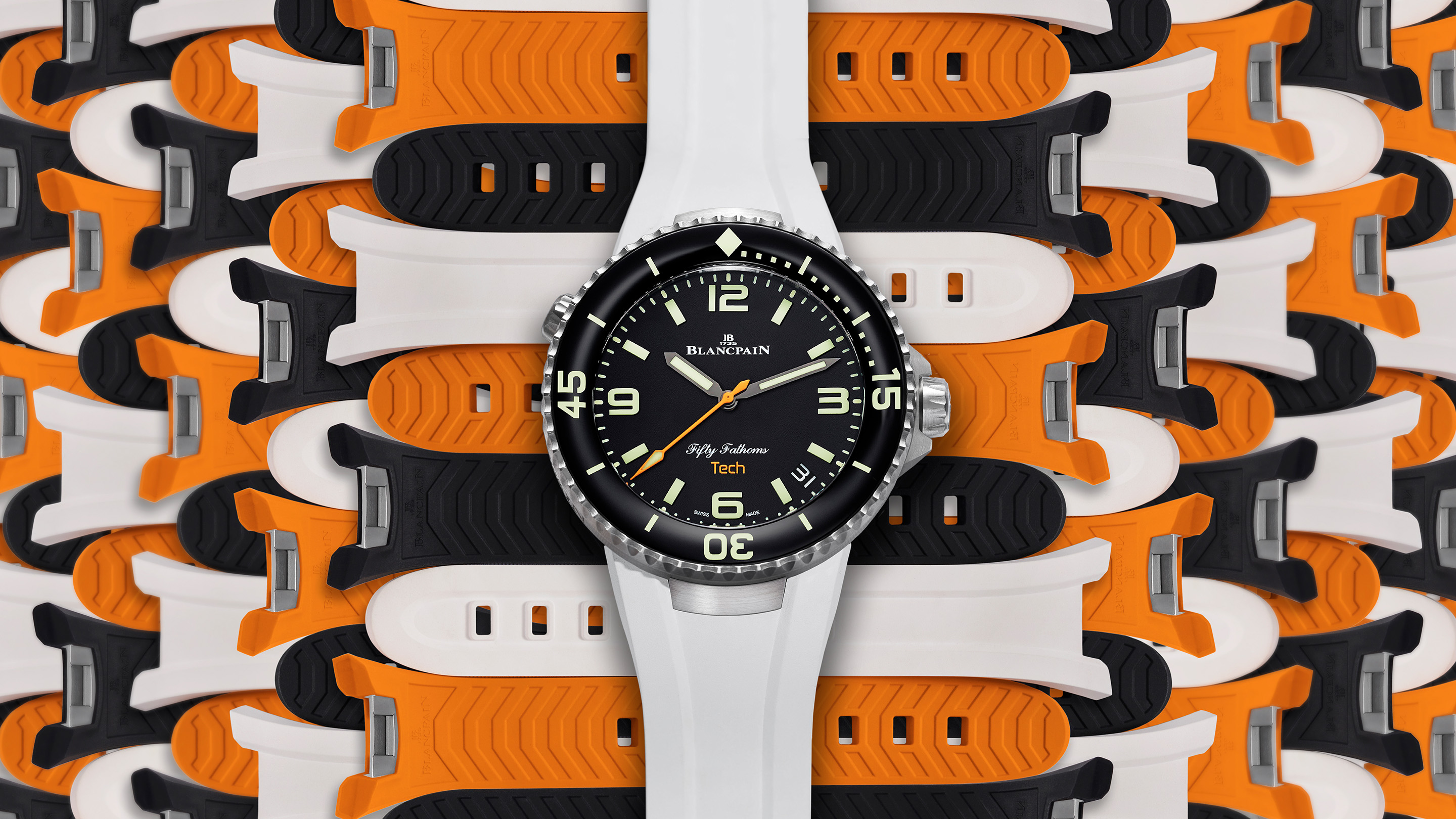


Top Discussions
Hands-OnAera's New M-1 Is A Decidedly Modern Field Watch That Transcends The Limits Of Its 20th-Century Inspiration
Hands-OnThe Atelier Wen Ancestra Launch Edition, Jiāo
Three On ThreeThe Best Summer Watch (Video)